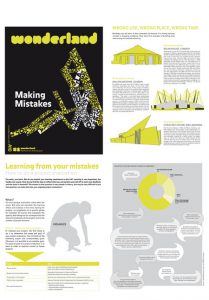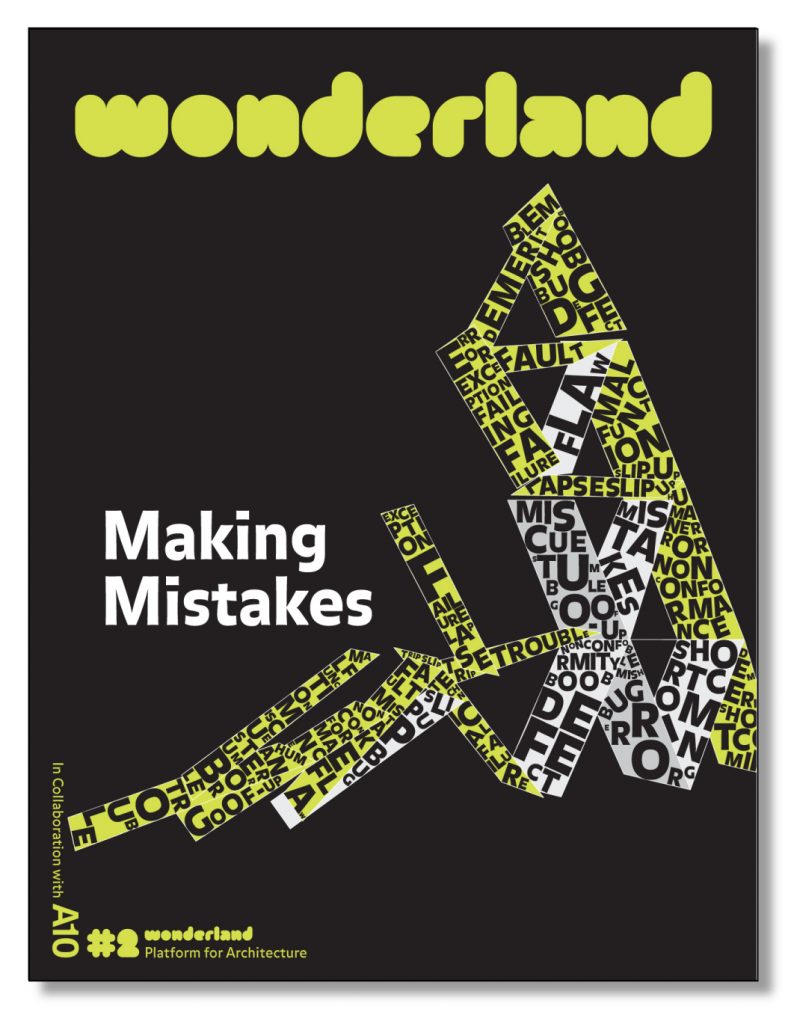How to deal with, or altogether prevent, mistakes? And not every mistake is a catastrophe.
At the start of their career, self-employed architects are frequently confronted with unpleasant experiences such as error, failure, or prejudice. Particularly, young architects are likely to be suspected of insufficient experience by clients. And, honestly, hardly anyone is really prepared for each and everything that they may be expected to know or do as self-employed architects. It is comforting therefore to see that even experienced professionals make mistakes – in fact, the building industry on the whole is rather mistake-prone, understandably so, considering the intense pace of work, the low level of investment, and slender profit margins.
The first thing an architect has to be aware of is the special responsibility he or she is taking on. This may considerable differ from country to country as shown in ‘Where can things go wrong’. Mistakes need not to have fatal consequences, but can also be a source of new ideas. In scientific research, ‘trial and error’ is an acknowledged method, but in architecture, a one-time error may cast a long shadow on future trial. Some of these aspects are discussed in ‘Why make mistakes’. And finally: architects will be recurrently confronted with mistake prevention and crisis management – hence the theme of ‘What to do when things go wrong’.

read the english press release


